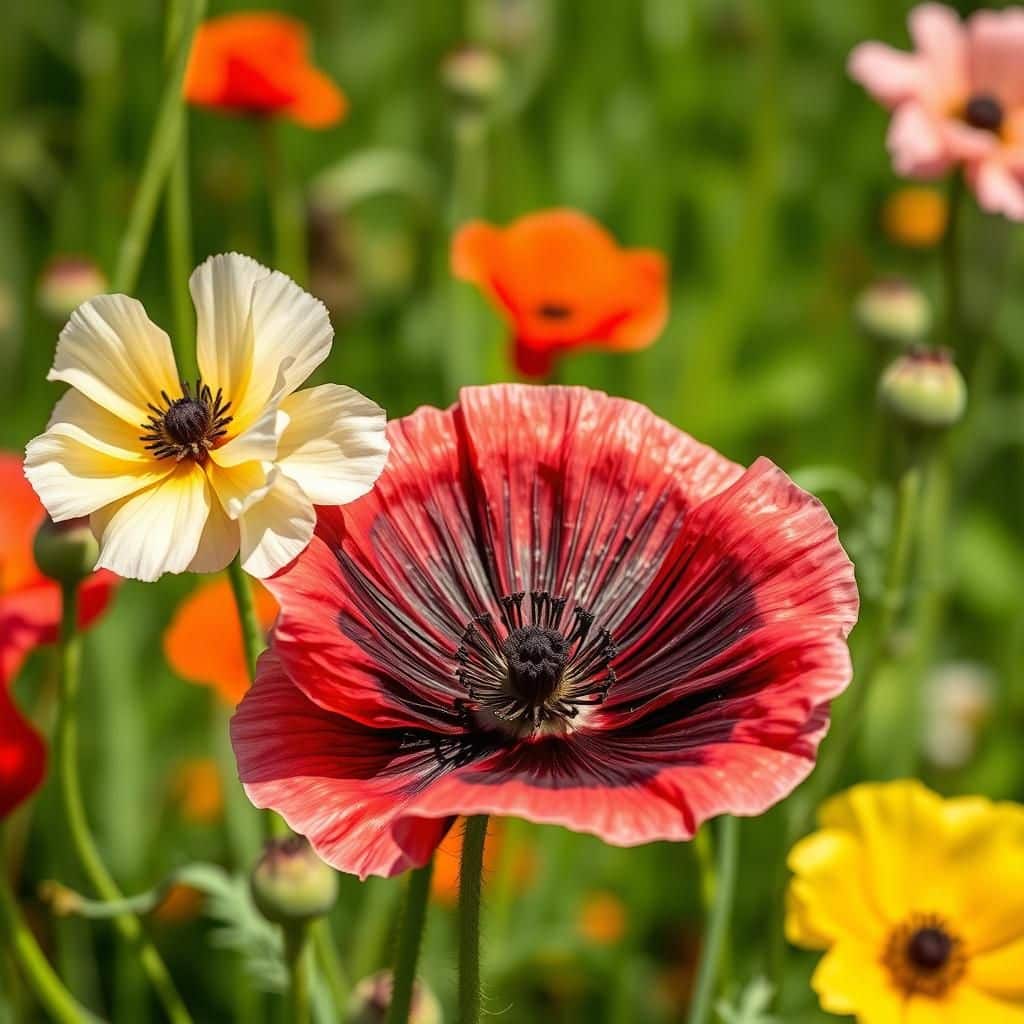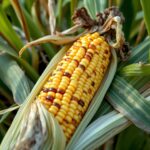Ultimate Guide: When to Plant Poppies Australia for Vibrant Blooms

Poppies are among the most captivating flowers, renowned for their vibrant colors and delicate petals. In Australia, successfully growing these blossoms requires an understanding of their unique planting needs and seasonal preferences. Timing is crucial; planting at the right moment can ensure a lush display of blooms that transform gardens into lively showcases. This ultimate guide will explore the optimal times for planting poppies in various regions of Australia, offering essential tips and insights for both novice and seasoned gardeners. Whether aiming for a stunning floral display or simply to enjoy their beauty, knowing when to plant is key to flourishing poppy gardens.
Best Time to Plant Poppies in Australia
In Australia, the ideal time to plant poppies is primarily in late winter to early spring, around August to September in the southern regions. This timing aligns with the cooler temperatures and the moisture that comes with seasonal rains, which are conducive for the seeds to germinate effectively. Planting during this period allows the poppies to establish themselves before the onset of warmer weather, ensuring a robust growth cycle and vibrant blooms in the following months. It's important to consider the local climate, as northern regions may have different planting windows due to their warmer conditions, often allowing for an earlier sowing in late winter.
Understanding Poppy Varieties
Different varieties of poppies can have varying planting times and requirements. For example, Papaver somniferum, known as the opium poppy, prefers cooler conditions, while California poppies thrive in warmer climates. Understanding which variety you plan to plant can help determine the appropriate sowing time, as specific species might be more adaptable to certain environmental conditions than others.
Soil Preparation for Poppies
Proper soil preparation is critical for successful poppy cultivation. Poppies prefer well-drained soil with a pH level between 6.0 and 7.5. Before planting, it's advisable to amend the soil with organic compost to improve fertility and drainage. Testing the soil can help in identifying any nutrient deficiencies or imbalances that need to be addressed prior to sowing seeds.
Poppy Seed Germination Tips
Poppy seeds have a unique germination process that can be enhanced through specific techniques. It is recommended to scatter seeds directly onto the soil surface without covering them, as they require light for germination. Keeping the soil moist but not waterlogged is essential, and using a light mulch can help retain moisture while preventing weed growth, setting the stage for a successful germination process.
See also:
Climate Considerations for Planting
The climate across Australia varies greatly, and this influences when to plant poppies. In temperate regions, sowing in early spring works best, while in tropical areas, planting can occur in the cooler months of April to May to avoid excessive heat. Understanding your local climate and microclimate conditions is essential for optimal planting times to ensure that poppies flourish.
Common Poppy Planting Mistakes
A few common mistakes can hinder the success of poppy planting. Overwatering is a frequent issue, as poppies do not thrive in overly wet conditions. Also, planting seeds too deeply can prevent them from getting enough light to germinate. Additionally, neglecting to thin out the seedlings can lead to overcrowding, which stunts their growth. Awareness of these pitfalls can significantly improve the chances of a successful poppy garden.
| Planting Time | Seed Variety | Soil Type | Climate Zone |
|---|---|---|---|
| Late Winter to Early Spring | Papaver somniferum, California Poppy | Well-drained, pH 6.0 - 7.5 | Temperate, Tropical |
Essential Tips for Successful Poppy Planting in Australia
To achieve stunning blooms, it's crucial to understand the specific climate and soil conditions favorable for poppy growth in Australia. Typically, these flowers thrive in well-drained soil and require a cool period for germination. The best time to plant them is during the autumn to early spring, allowing the seedlings to establish before the heat of the summer. Regular watering and protection from pests will further enhance the vitality of your poppy plants, leading to a vibrant display of colors in your garden.
Choosing the Right Poppy Varieties for Australian Conditions
Selecting the appropriate varieties of poppies is essential, as different types have varying requirements and growth habits. Commonly planted varieties in Australia include the Icelandic and California poppies, both of which adapt well to the local environment. Understanding the characteristics of each type will help you decide which varieties will yield the best results for your garden setting.
Soil Preparation Techniques for Optimal Poppy Growth
Preparing the soil before planting is a critical step in ensuring healthy poppy development. Poppies prefer light, well-aerated soil rich in organic matter. Adding compost or well-rotted manure can enhance soil fertility, creating a conducive environment for roots to establish. It's advisable to test the soil’s pH level as well, aiming for a range around 6 to 7, which is typically ideal for poppy cultivation.
See also:
Watering Guidelines for Poppies During Growth
Watering plays a significant role in the growth and flowering of poppies. During germination, keeping the soil moist but not waterlogged is essential to prevent rot. Once established, poppies are relatively drought-resistant, but regular watering during dry spells will encourage more vigorous blooms. Using a drip irrigation system can be beneficial in providing consistent moisture while avoiding oversaturation.
Timing Your Planting for Seasonal Blooms
Timing is crucial when planting poppies for a dynamic display. In Australia, the ideal window for planting is typically between March and April for autumn sowing, or September to October for spring planting. This timing allows seeds to germinate and establish their roots before the temperatures rise, ensuring a vibrant show of blooms during the desired flowering period.
Pest and Disease Management for Poppy Plants
Managing pests and diseases is vital to maintain the health of your poppy plants. Common threats include aphids and fungal infections, which can hinder growth and affect flowering. Implementing preventative measures, such as crop rotation and the use of organic pesticides, can mitigate these issues. Regularly inspecting plants for early signs of infestations can also help in taking prompt action to preserve the integrity of your garden.
Questions from Our Readers
When is the best time to plant poppies in Australia?
The best time to plant poppies in Australia generally falls between late summer and early autumn, specifically from March to May. This timing allows the seeds to establish roots and grow adequately before the cooler winter months hit, ensuring a beautiful display in the spring.
What conditions do poppies need to grow well in Australia?
Poppies thrive in well-drained soil and prefer a sunny location. It's essential to ensure that the soil is not too rich in nutrients, as poppies tend to do best in more poor soils, which encourage them to produce more flowers rather than foliage.
See also:
Can I plant poppy seeds directly into the ground?
Yes, poppy seeds can be directly sown into the ground, ideally in a prepared seedbed. When planting, it's important to lightly rake the soil to ensure proper seed contact and to cover the seeds with a thin layer of soil, as they need light to germinate.
How often should I water my poppies after planting?
After planting, it is crucial to keep the soil moist but not waterlogged. Regular watering is especially important during the germination period, but be cautious not to overwater, as this can lead to root rot and affect the health of your poppies.

If you want to read more articles like Ultimate Guide: When to Plant Poppies Australia for Vibrant Blooms, we recommend you check out our Seeds category.
Leave a Reply
Related Articles